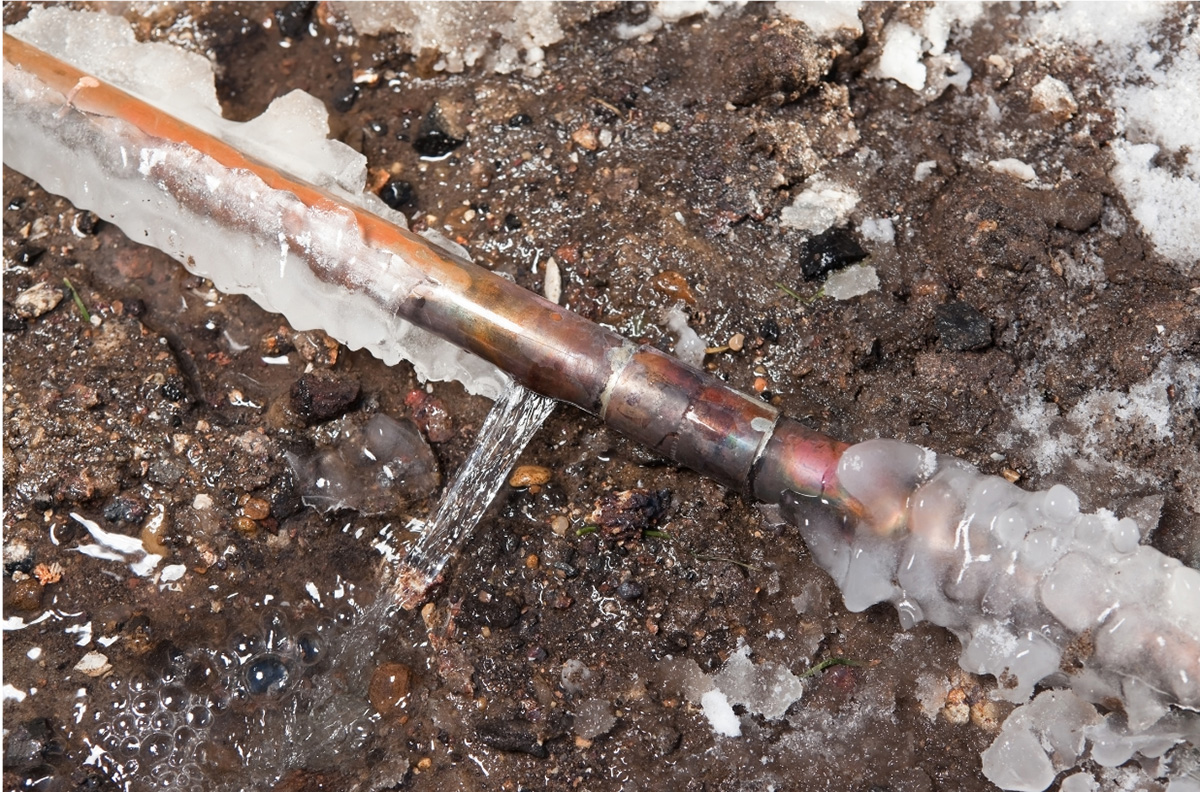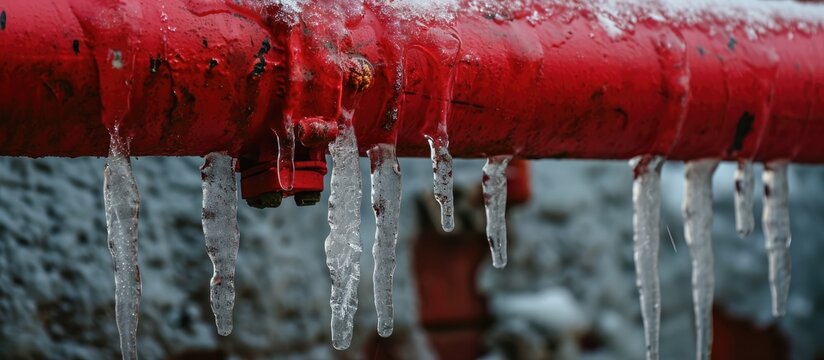How to Keep Your Pipes from Freezing Damage: Essential Advice
DetailsListed here in the next paragraphs you can get a bunch of good data relating to Helpful Tips to Prevent Frozen Pipes this Winter.

Winter can damage your pipes, particularly by freezing pipelines. Below's just how to prevent it from occurring and what to do if it does.
Intro
As temperatures drop, the risk of frozen pipelines increases, potentially bring about pricey repair services and water damages. Understanding just how to prevent icy pipelines is vital for house owners in cold environments.
Comprehending Frozen Pipelines
What triggers pipes to freeze?
Pipelines freeze when revealed to temperatures below 32 ° F (0 ° C) for extended durations. As water inside the pipes ices up, it expands, putting pressure on the pipeline wall surfaces and potentially causing them to burst.
Threats and problems
Frozen pipelines can cause water supply interruptions, building damages, and pricey repair work. Burst pipes can flooding homes and create substantial structural damages.
Indicators of Frozen Piping
Recognizing icy pipes early can prevent them from bursting.
How to determine icy pipes
Look for reduced water flow from taps, unusual odors or sounds from pipes, and visible frost on subjected pipes.
Prevention Tips
Shielding vulnerable pipes
Wrap pipelines in insulation sleeves or make use of warm tape to safeguard them from freezing temperature levels. Concentrate on pipelines in unheated or outside areas of the home.
Heating techniques
Maintain indoor spaces sufficiently warmed, specifically locations with plumbing. Open cupboard doors to permit cozy air to distribute around pipelines under sinks.
Shielding Outdoor Pipes
Garden tubes and exterior taps
Separate and drain pipes yard tubes prior to winter months. Mount frost-proof faucets or cover outside faucets with insulated caps.
What to Do If Your Pipelines Freeze
Immediate actions to take
If you believe frozen pipelines, keep taps open to relieve pressure as the ice melts. Make use of a hairdryer or towels soaked in warm water to thaw pipes slowly.
Long-Term Solutions
Structural changes
Take into consideration rerouting pipes far from outside walls or unheated areas. Add additional insulation to attics, basements, and crawl spaces.
Updating insulation
Invest in high-quality insulation for pipes, attics, and walls. Correct insulation helps preserve regular temperature levels and reduces the risk of icy pipelines.
Conclusion
Protecting against frozen pipes requires proactive measures and fast responses. By understanding the causes, indicators, and safety nets, house owners can shield their pipes during cold weather.
6 Proven Ways to Prevent Frozen Pipes and Protect Your Home
Disconnect and Drain Garden Hoses
Before winter arrives, start by disconnecting your garden hoses and draining any remaining water. Close the shut-off valves that supply outdoor hose bibs and leave the outdoor faucet open to allow any residual water to drain. For extra protection, consider using faucet covers throughout the colder months. It’s also important to drain water from any sprinkler supply lines following the manufacturer’s directions.
Insulate Exposed Pipes
Insulating your pipes is an effective way to prevent freezing. Pipe insulation is readily available at home improvement stores and is relatively inexpensive. Pay close attention to pipes in unheated areas such as the attic, basement, crawl spaces, or garage. Apply foam insulation generously to create a buffer against the cold. You can also wrap your pipes in heat tape or thermostat-controlled heat cables for added warmth.
Seal Air Leaks
Inspect your home for any cracks or openings that could let in cold air. Seal any holes around the piping in interior or exterior walls, as well as the sill plates where your home rests on its foundation. Additionally, make sure to keep your garage door closed unless you’re entering or exiting. Leaving it open creates a significant air leak that can lead to frozen pipes.
Allow Warm Air Circulation
During cold snaps, it’s essential to allow warm air to circulate evenly throughout your home. Leave interior doors ajar to promote better airflow. Open kitchen and bathroom cabinets to help distribute heat consistently around the rooms. If you have small children or pets, be sure to remove any household chemicals or potentially harmful cleaners from open cabinets for safety.
Let Faucets Drip
A small trickle of water can make a big difference in preventing ice formation inside your pipes. When temperatures drop significantly, start a drip of water from all faucets served by exposed pipes. This continuous flow helps prevent the water from freezing. Additionally, running a few faucets slightly can relieve pressure inside the pipes, reducing the chances of a rupture if the water inside does freeze.
https://choateshvac.com/6-proven-ways-to-prevent-frozen-pipes-and-protect-your-home/

I'm certainly very involved in How To Avoid Freezing Pipes and I hope you liked the entire piece. Sharing is nice. Helping people is fun. Thanks a lot for taking the time to read it.
Book Your Installation